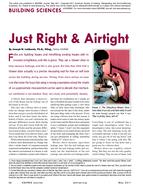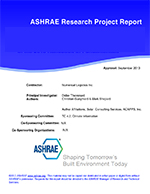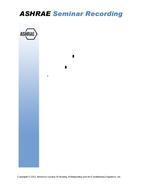Introduced to the U.S. in the 1990s, the U.S. building industry has been slow to adopt underfloor air distribution (UFAD) systems due to mixed results. In successful installations, UFAD systems are able to provide reduced life cycle costs, improved thermal comfort, better indoor air quality, individual occupant control, and reduced energy costs. However, in some cases UFAD systems perform poorly due to inadequate design and construction techniques, leading to air leakage and occupant discomfort. As designers have become more familiar with UFAD systems and construction techniques have improved, UFAD systems are beginning to be widely adopted for use in commercial office buildings to provide space conditioning and ventilation.
This paper presents a field study on occupant thermal comfort in an office space which is mainly conditioned by a UFAD system. The field study was conducted in offices at the Twelve West building in downtown Portland, Oregon. The Twelve West building is a LEED Platinum, high end apartment building with office and retail space on the lower levels. The offices are mainly conditioned by a UFAD system, supplemented by natural ventilation and passive chilled beams to help offset solar gains in the summer months. This study reports the results of a thermal comfort survey administered to regular occupants of the office space in the Twelve West building. The results show that the installed UFAD system was able to provide satisfactory thermal comfort to the occupants as defined by ASHRAE Standard 55. A number of factors including gender, age, proximity to external windows, and workspace type are examined in this study, including the statistical significance between each factor and perceived thermal comfort.
Citation: ASHRAE Papers CD: 2014 ASHRAE Winter Conference, New York, NY
Product Details
- Published:
- 2014
- Number of Pages:
- 8
- File Size:
- 1 file , 2.1 MB
- Product Code(s):
- D-NY-14-C036


